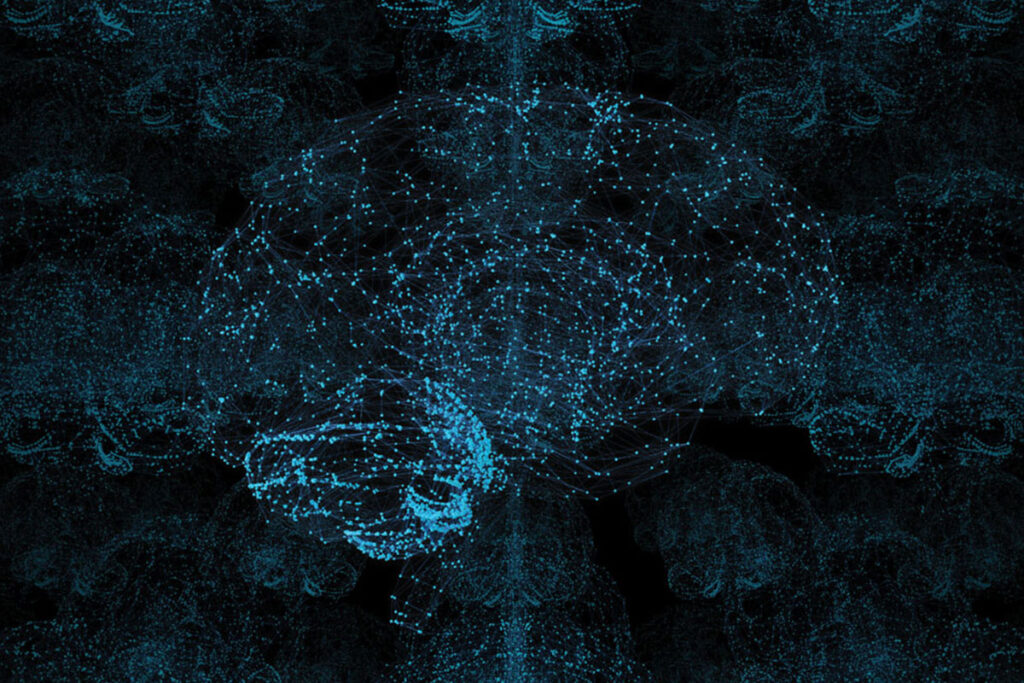As brain scans have become more detailed and informative in recent decades, neuroimaging has seemed to promise a way for doctors and scientists to “see” what’s going wrong inside the brains of people with mental illnesses or neurological conditions. Such imaging has revealed correlations between brain anatomy or function and illness, suggesting potential new ways to diagnose and treat psychiatric, psychological and neurological conditions. But the promise has yet to turn into reality, and a new study explains why: The results of most studies are unreliable because they involved too few participants.
For accuracy, brain studies of complex behavior require thousands of people

View Content